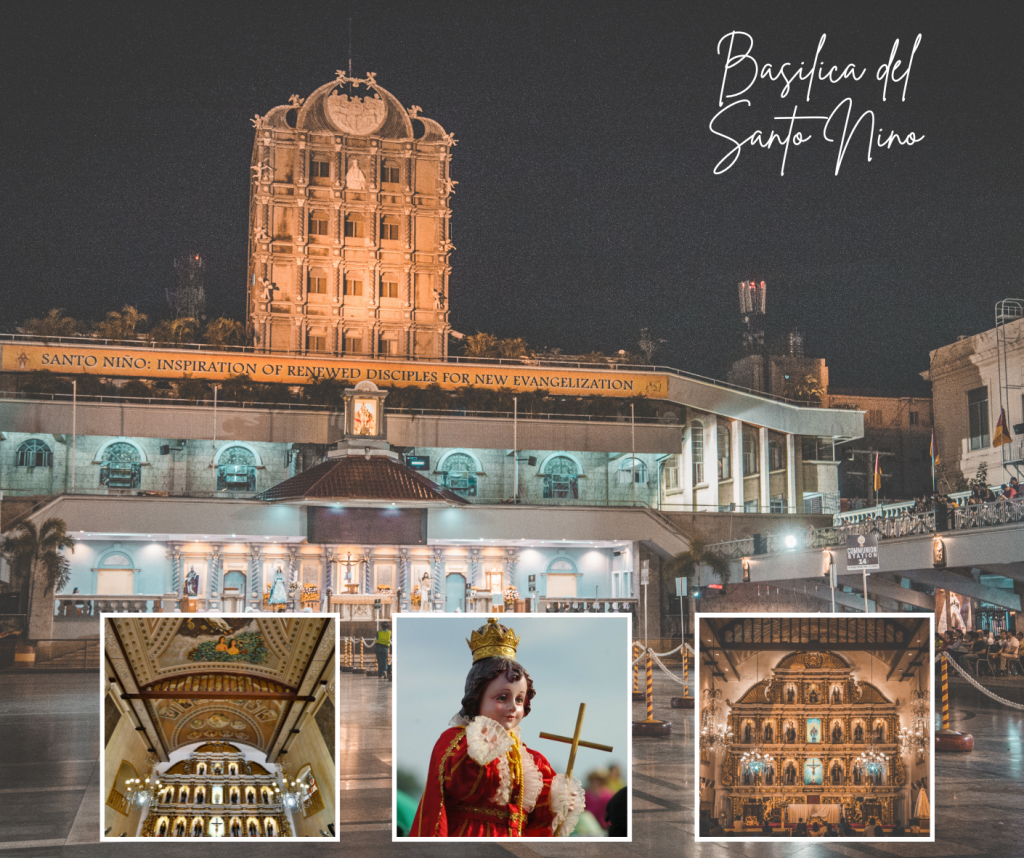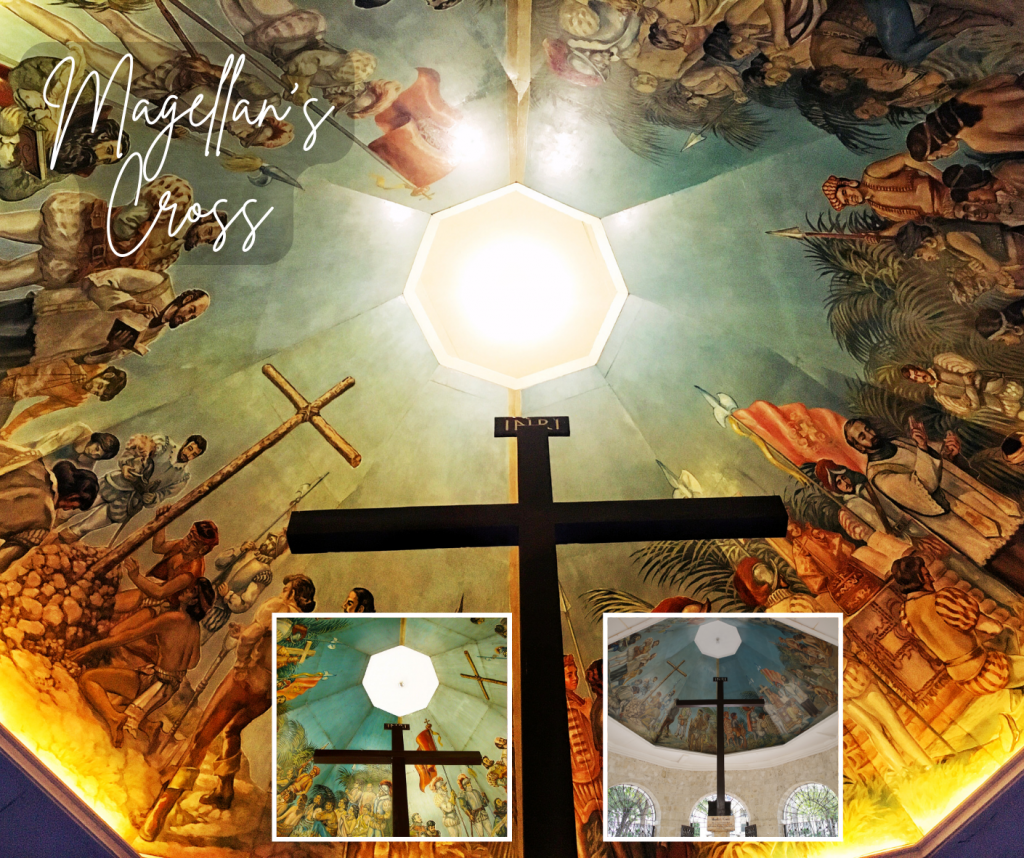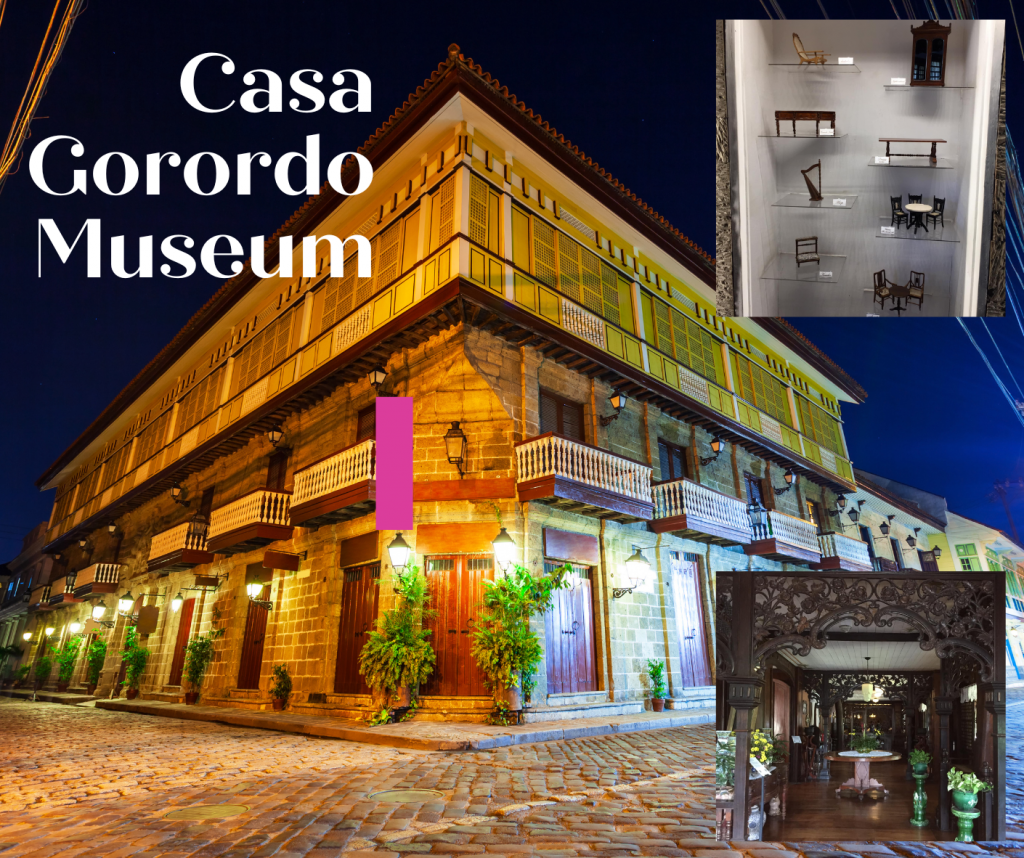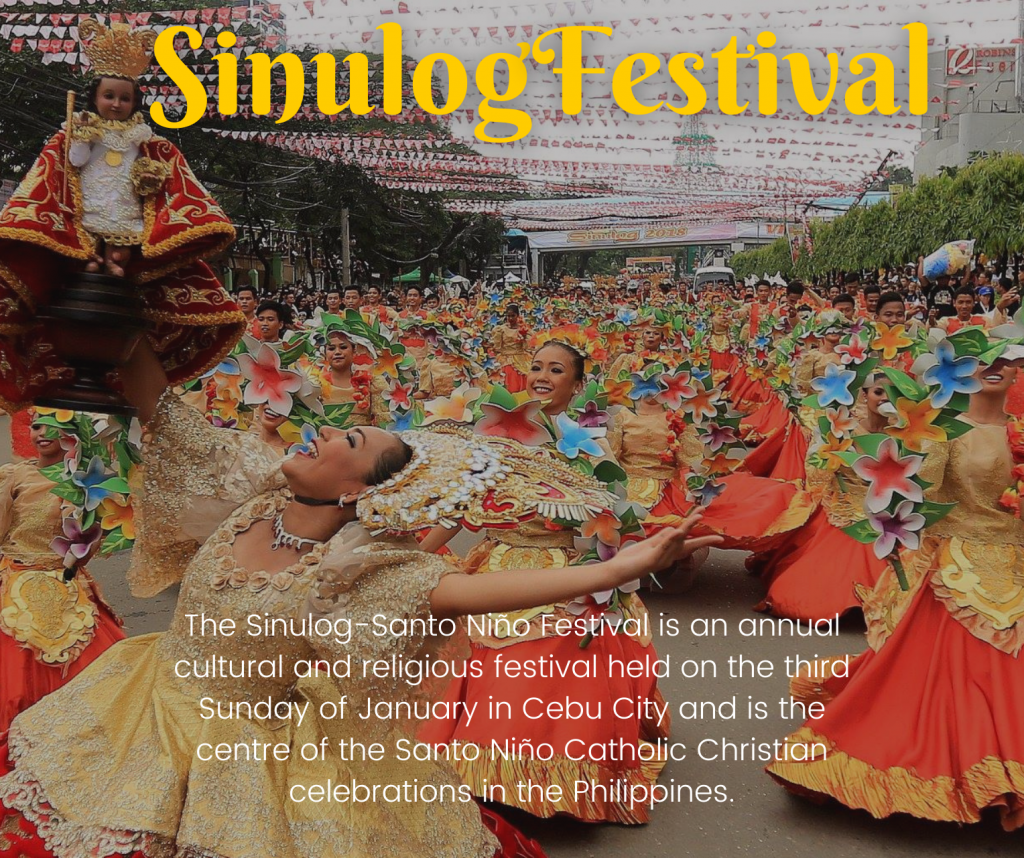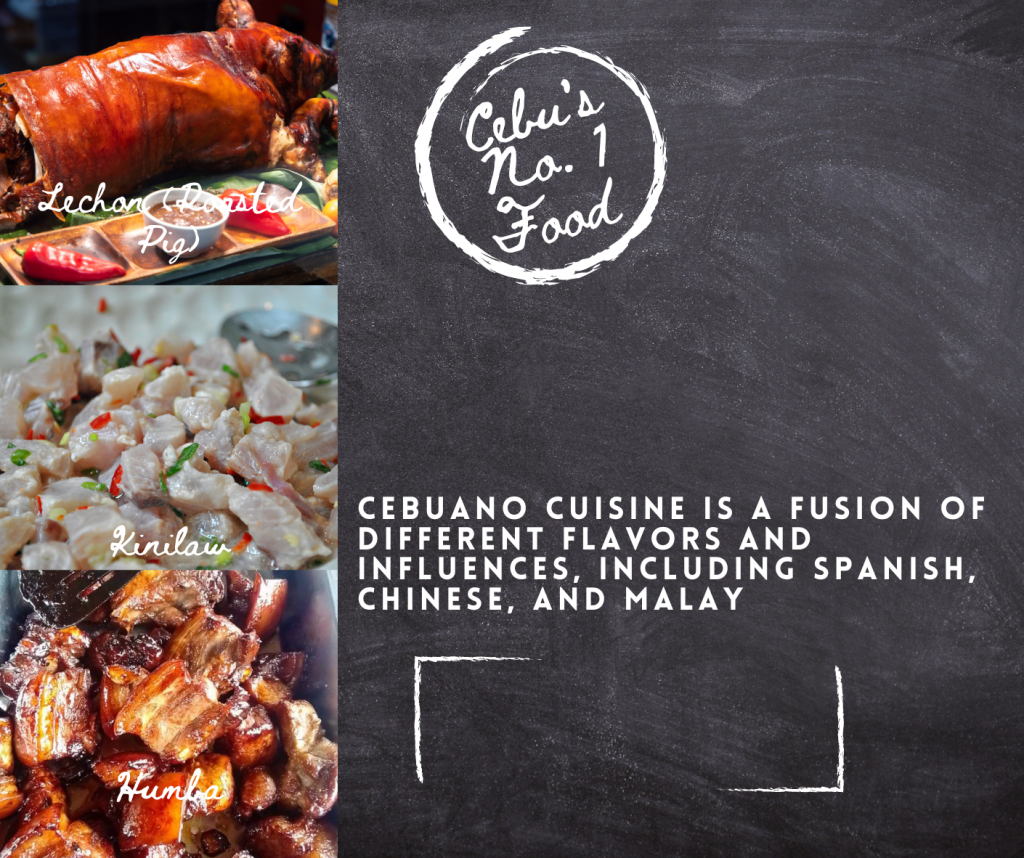My journey began when I landed at Mactan-Cebu International Airport. I was greeted by the warm hospitality of the locals, and I immediately felt at home. My first stop was the Basilica del Santo Niño, which is a beautiful church located in the heart of Cebu City. The church was built in the 16th century and is considered to be one of the oldest churches in the country. The church houses the Santo Niño de Cebu, which is a revered religious relic that is believed to have miraculous powers. The church is also home to a museum that showcases the history of the church and the Santo Niño de Cebu.
After visiting the Basilica del Santo Niño, I made my way to the Magellan’s Cross, which is a historical landmark that marks the spot where Ferdinand Magellan planted a cross when he arrived in Cebu in 1521. The cross is housed in a beautiful chapel that is adorned with intricate carvings and paintings.
Next, I headed to the Casa Gorordo Museum, which is a beautifully restored 19th-century house that showcases the lifestyle and culture of the wealthy Cebuano families during the Spanish colonial era. The museum is home to a vast collection of artifacts, including antique furniture, household items, and art pieces.
One of the highlights of my journey was experiencing the Sinulog Festival, which is a grand celebration that takes place every January in honor of the Santo Niño de Cebu. The festival is a colorful and vibrant display of dance, music, and tradition, and it attracts thousands of visitors from all over the world. The streets of Cebu City are transformed into a sea of people who dance and sing to the beat of the drums, and the air is filled with the sweet scent of incense.
Another aspect of Cebu’s rich culture that I discovered was its food. Cebuano cuisine is a fusion of different flavors and influences, including Spanish, Chinese, and Malay. I indulged in mouth-watering dishes such as lechon (roasted pig), humba (braised pork), and kinilaw (raw fish marinated in vinegar).
